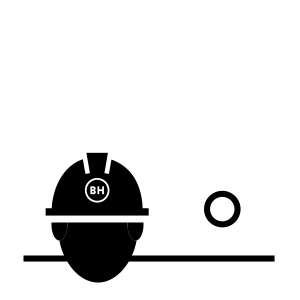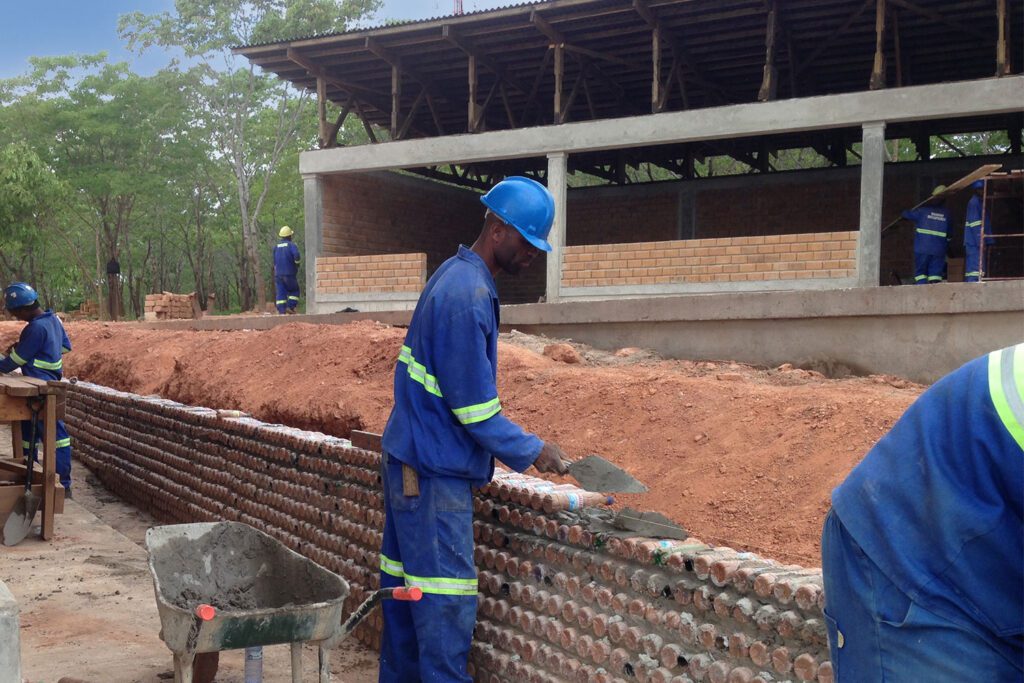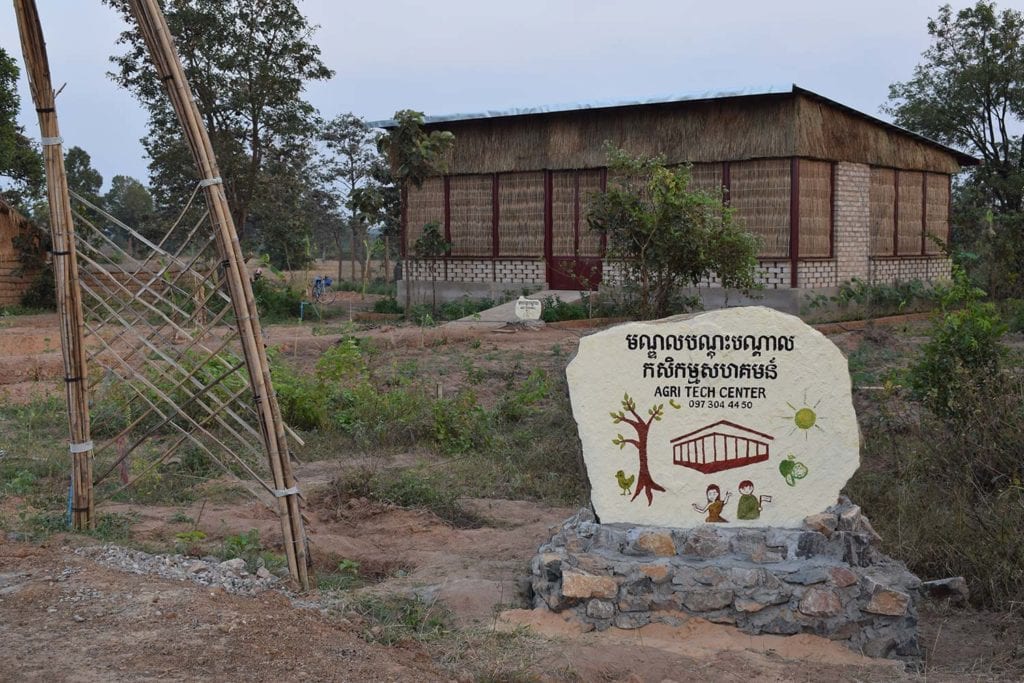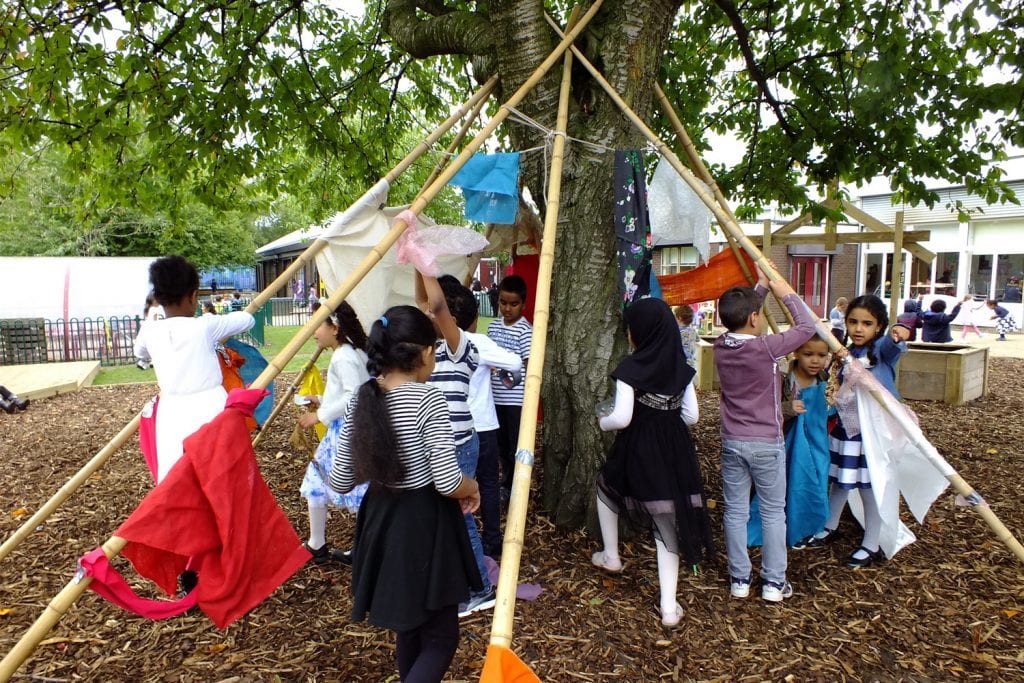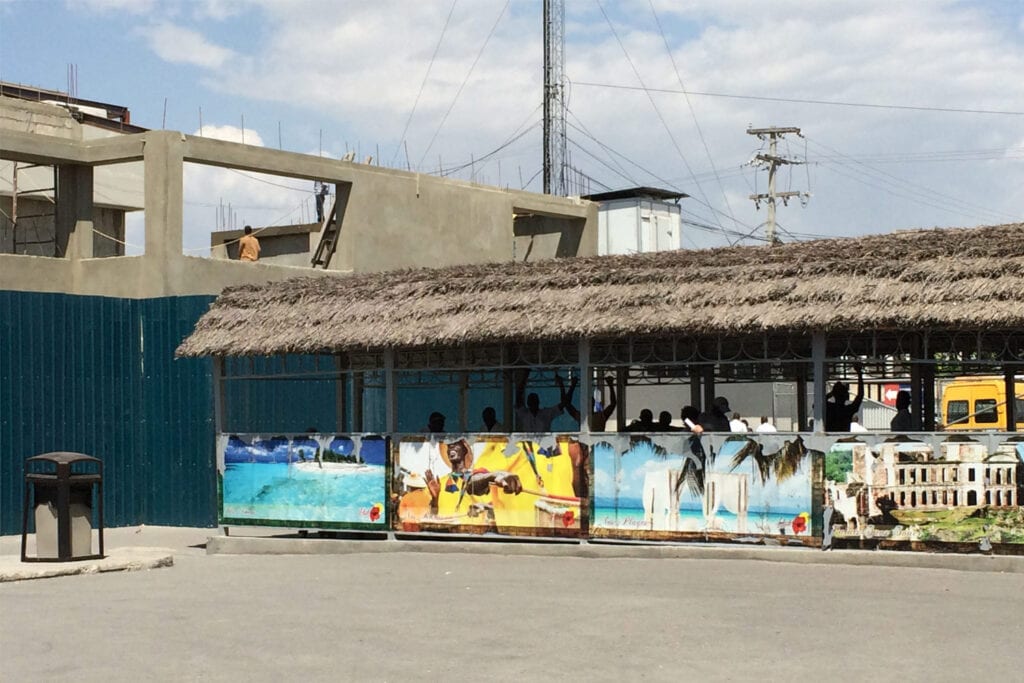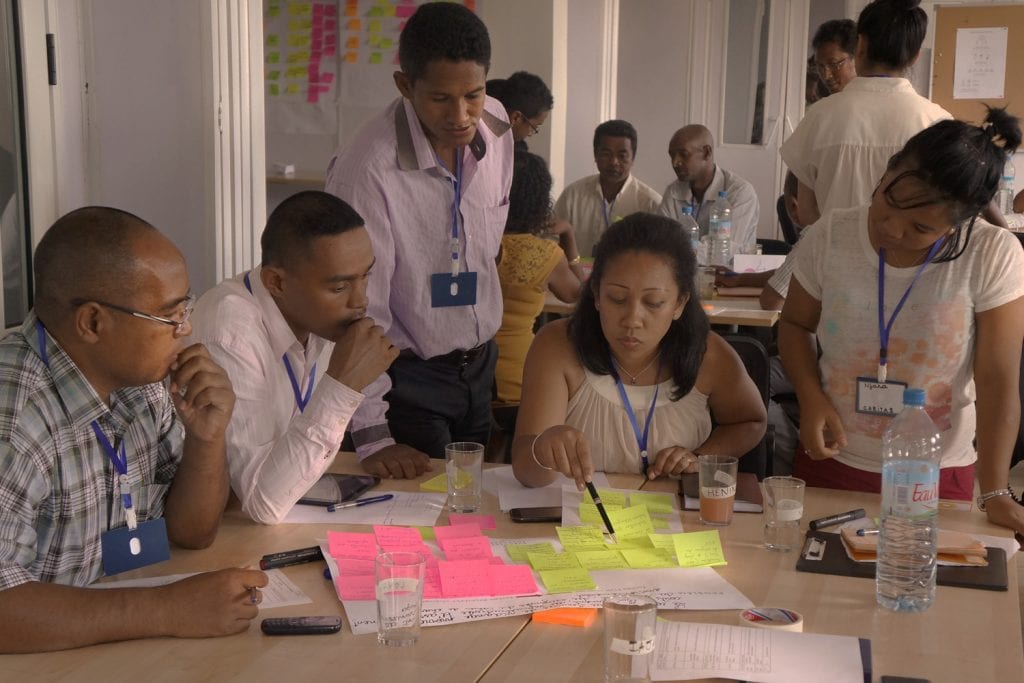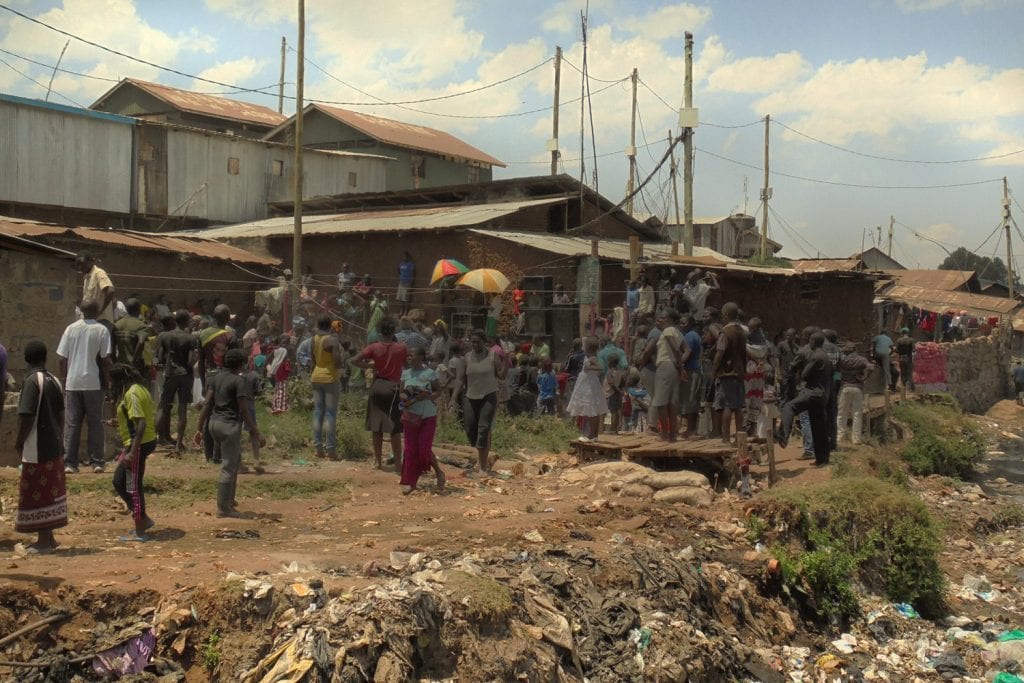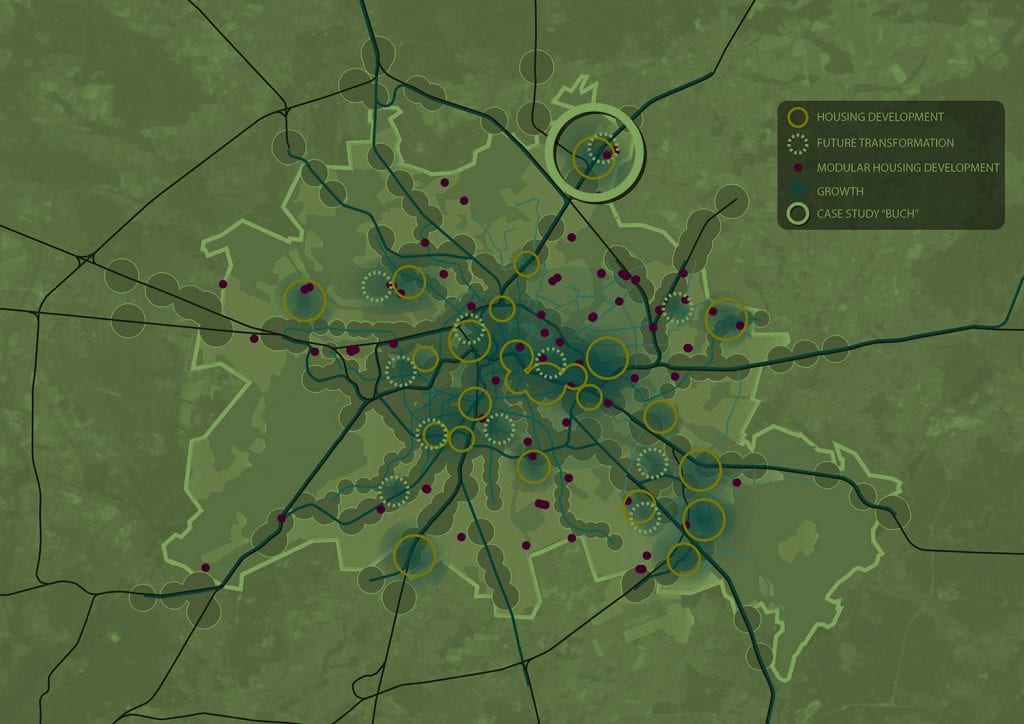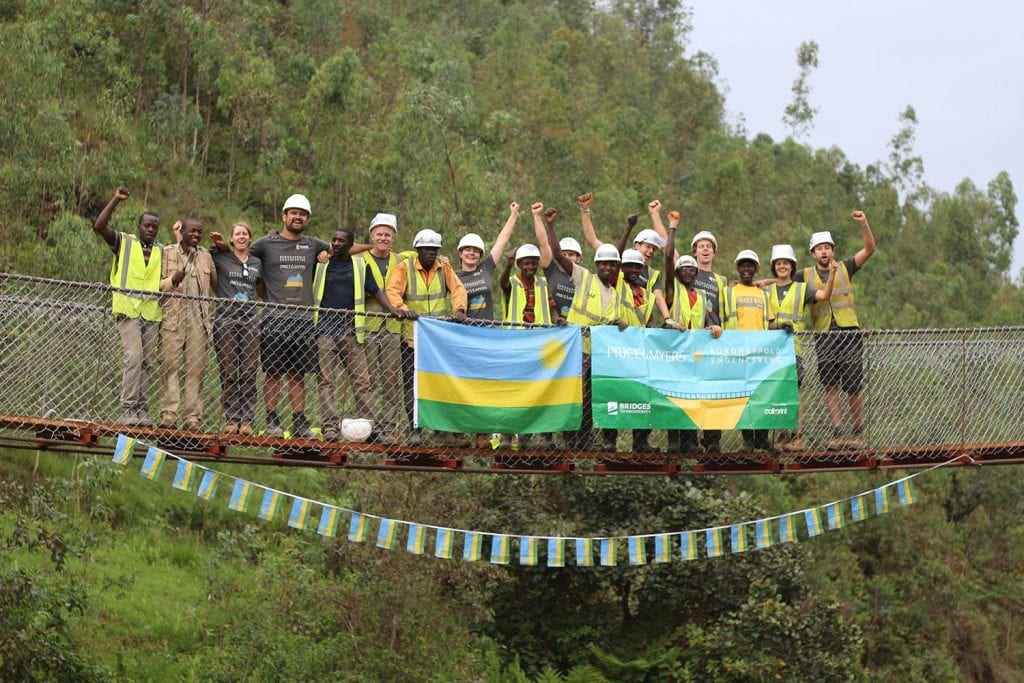
Bridges to Prosperity Gasiza
Gasiza, Rwanda
Project details
Collaborator
Bridges to Prosperity, Price & Myers
Duration
2016
Bridges provide vital access to health care, education, jobs and other economic opportunities, especially for communities located in isolated rural areas. With 70% of the world’s extreme poverty in non-city areas, ensuring people can travel safely to reach services and employment is vital.
With these challenges at the forefront of our minds, Buro Happold partnered with Bridges to Prosperity (B2P) and architects Price & Myers to construct a pedestrian bridge in Gasiza, in the Northern Provence of Rwanda.
Our engineers worked on the project as part of our Share Our Skills initiative, a scheme that allows individuals to give their time to projects without charge. Buro Happold and Price & Myers jointly funded the work on the bridge, alongside fundraising by the engineers and sponsorship from the Happold Foundation.
Challenge
The 57 metre bridge spans the river Cyacika and connects Muhondo and Rwinkuba, providing a safe link between rural communities. Our team needed to work in close collaboration with local engineers and contactors to construct the bridge, with a significant proportion of the work carried out by hand.
Key challenges included the lack of equipment available at the site, with the team needing to take their own tools, and the restricted vehicle access, with the closest road located ten minutes away down a steep muddy hill. In addition, as well as building the bridge itself, we also sought to pass on valuable construction and safe working skills to the local team in Rwanda.

Solution
Following extensive logistics and construction planning from the teams’ bases in the UK, ten engineers travelled to Rwanda to spend two weeks constructing the new bridge.
The location of the site away from the road was overcome by the tenacity of the local team in Rwanda, who had already transported 300 tonnes of rock up the hill before our engineers had arrived. The teams continued to work together over the course of the project to move equipment up and down the hill.
The first task for the team was to set the cable sag, which would ensure that the deck and handrail cables were positioned in the same way. This was done by winching the cables one by one by hand and then gradually releasing them until they were level.
Following the construction of a number of pre-fabricated parts constructed from wood cut down at the site, the engineers worked to hand finish the key components of the bridge. Our team needed to overcome a number of challenges, including access to basic elements such as screws and working power tools, to successfully complete the footbridge.
The project was completed mainly through sheer manpower, as there was no access to the machinery that might have been used for similar projects in Western countries. The team of 30 people had to move infill rocks by hand, as well as transporting, mixing and laying two concrete slabs. At 20 cubic metres, one of the slabs was the largest ever used in a Bridges to Prosperity project in Rwanda.
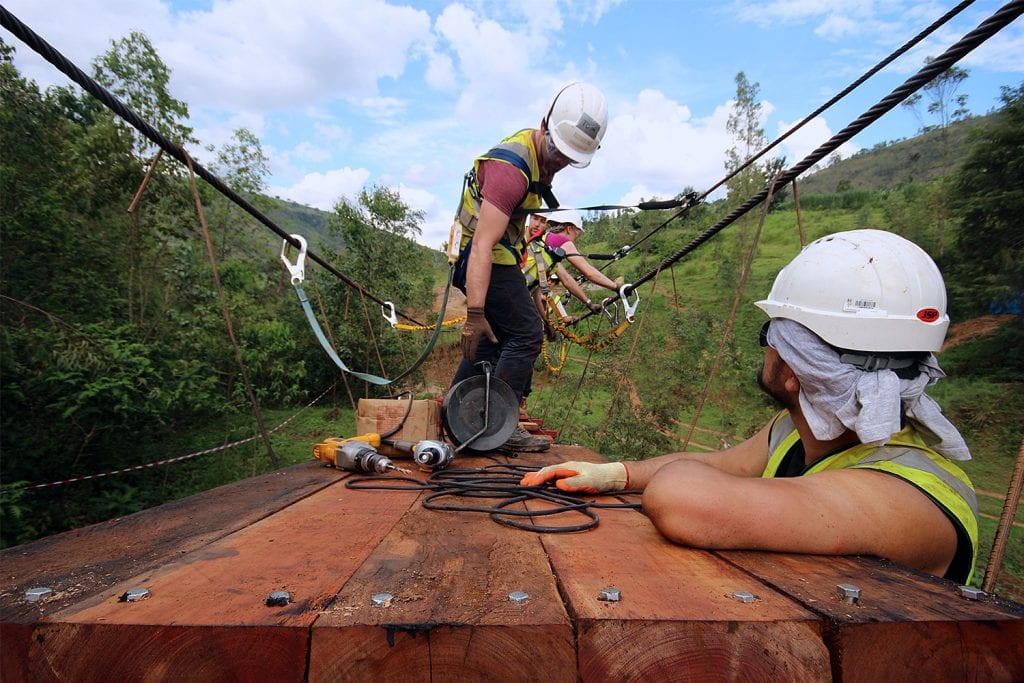
Value
Now providing access to the Muhondo health centre, the Rwinkuba Ruli Hospital, the Muhondo bi-weekly market, the Muhondo vocational school and a secondary school that until now has not been used by any students from Rwinkuba due to treacherous river crossing. It is estimated that the bridge will directly benefit 7,000 local people. This, combined with the working practices we were able to teach the local construction team, has made the project invaluable to the communities that it serves.


